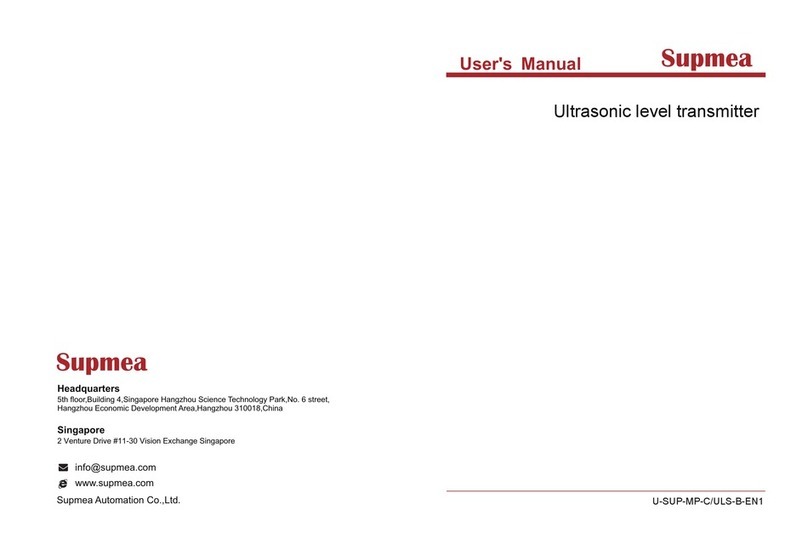
Content
Chapter 1 Production Introduction ...........................................................................1
1.1. Introduction ................................................................................................1
1.2. The main benefits ......................................................................................1
1.3. Communication and Programming ............................................................1
Chapter 2 Technical Parameters ............................................................................. 2
Table 1 Technical Parameters ................................................................................. 2
Chapter 3 Dimension ...............................................................................................3
3.1. Thread connection .....................................................................................3
3.2. Universal Type ...........................................................................................4
3.3. Flange with encapsulated antenna system (normal temperature&press) . 5
3.4. Flange with encapsulated antenna system (high temperature&press) ..... 6
Chapter 4 Installation ...............................................................................................7
Chapter 5 Wiring ......................................................................................................9
5.1. 24VDC power supply .................................................................................9
5.2. 220VAC power supply ............................................................................. 10
Chapter 6 Operation .............................................................................................. 11
6.1. Interface Description ................................................................................11
6.2. Instructions for measurement interface ................................................... 11
6.3. Instructions for Echo interface .................................................................12
6.4. Instructions for Setup interface ................................................................13
6.5. Menu options ...........................................................................................16
6.6. Keyboard input method ........................................................................... 35
Chapter 7 Menu tree ..............................................................................................36
7.1. First-level menu tree ................................................................................36
7.2. Secondary menu tree-basic settings ....................................................... 37
7.3. Secondary menu tree-Advanced .............................................................38
7.4. Secondary menu tree-diagnostics ...........................................................39
7.5. Secondary menu tree-display ..................................................................40
7.6. Secondary menu tree-information ........................................................... 40




























